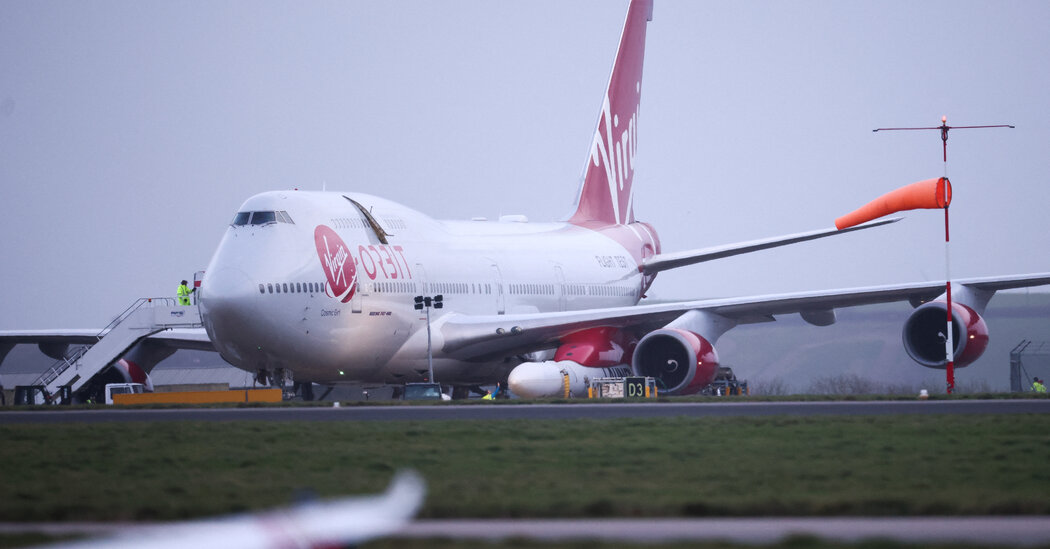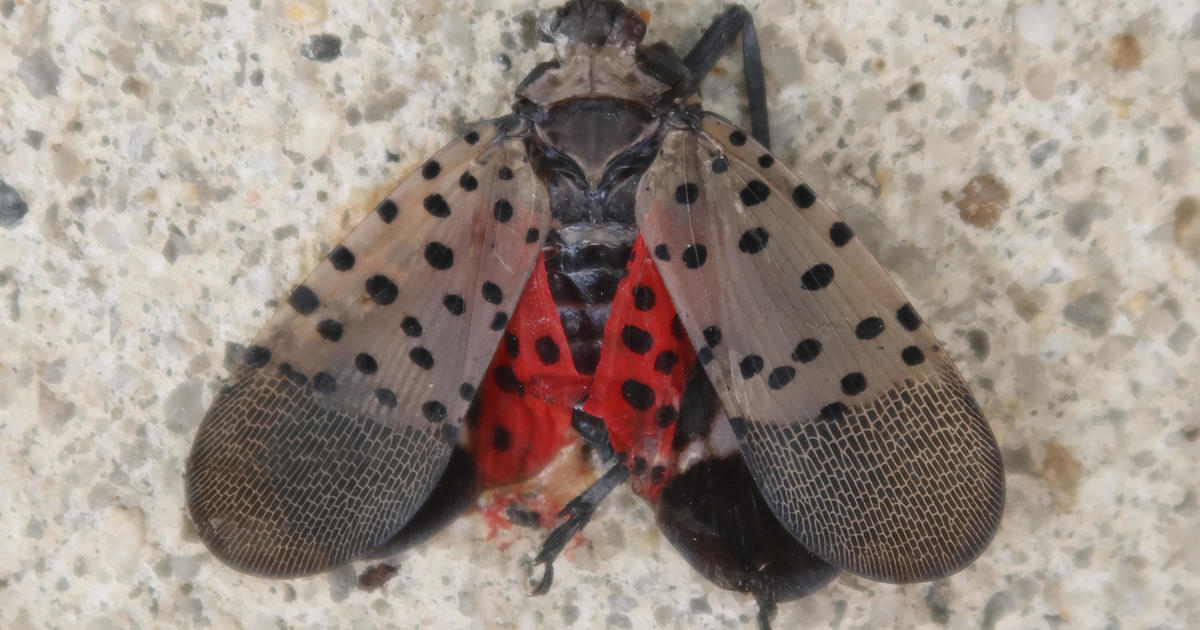U.S. Animal Industries Pose Disease Risks to People, Report Says
The authors analyzed 36 animal markets in the United States, including dog breeding, hunting and trapping, livestock auctions, backyard chicken farming and petting zoos. To assess how much risk each industry posed, they conducted interviews with experts and reviewed scientific papers, publicly available data, government regulations and more. For each industry, they considered 10 factors, including the number of animals involved, the pathogens they are known to carry and the interactions they have with humans, as well as any relevant biosecurity practices and regulations.
“We just discovered so much that was surprising to us,” Dr. Jamieson said, starting with the staggering number of animals used for commercial purposes in the United States. The country produces more than 10 billion land animals for food every year, including more pigs and poultry, which can harbor and transmit influenza, than nearly any other country, Ms. Linder said. It is also the world’s leading importer of both livestock and wild animals, the report says. (More than 220 million live wild animals are imported annually.)
The regulatory landscape, however, is “inconsistent and full of holes,” Ms. Linder said. Inspections of wildlife imports are spotty, and even when they do occur, they focus on enforcing conservation regulations rather than on disease, she said. No federal agency claims jurisdiction over mink farms, which became Covid-19 hot spots, and before the pandemic some states did not know how many of these farms were located within their borders, the authors note.
The findings highlight a need for more regulation and better public education, Dr. Kuchipudi said. Many Americans may not even realize that some of these industries and practices exist, he noted, but “the risk can then impact all of us.”
The report is just a starting point, the authors said, and key information — including basic data on the size and location of some animal industries — remains unknown. (People working in some of these industries failed to respond to the authors’ queries, Ms. Linder said.) The next step, they said, is to fill in some of these data gaps and conduct more detailed assessments of the riskiest practices.
“These threats are out there,” Ms. Linder said, “whether we turn on the lights and face them or just continue taking comfort in the dark.”


